Hitting the river is a summertime rite of passage across the American West and elsewhere, where snowmelt runs its course from peak to sea. But flowing current can be dangerous, and you need to take proper precautions to ensure a safe and enjoyable outing — whether you’re rafting tough whitewater, paddleboarding, or hopping on a tube for a lazy float. While the web has plenty of articles on river safety, you’ll find a lot less information on basic river conditions and how to prepare for and react to them. This is your go-to when a quick question on a conditions report or asked by a river buddy sparks conversation.
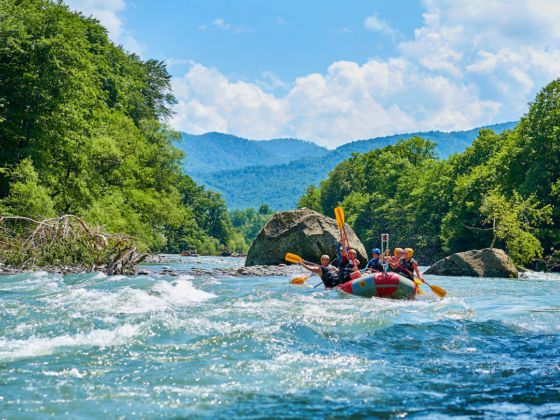

First, a basic guide to whitewater conditions
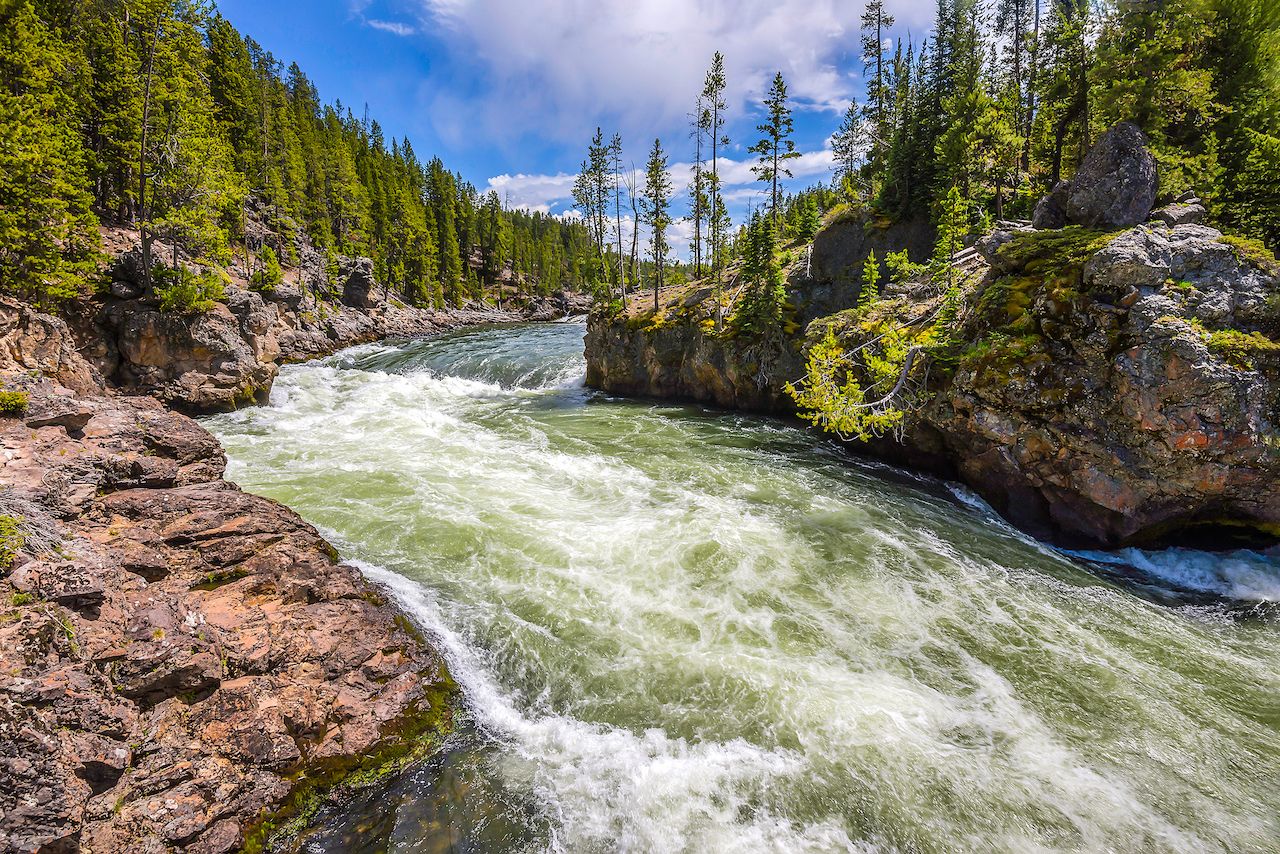
Photo: Lillac/Shutterstock
In the United States, there are six levels of whitewater. Stretches of river classified as Class III onward should not be attempted without an experienced guide or captain, which effectively rules out tubing and paddling (you won’t remain in the tube very long on a Class IV rapid, anyhow). Here’s the breakdown:
- Class I: Calm but moving water with a current strong enough to keep rafts and other craft moving downstream at a leisurely pace. Small waves may be present but not strong enough to flip boats. If a lazy afternoon on the tube is your goal, look for Class I. Little paddling is required to stay on course.
- Class II: Class II water features waves up to three feet tall, strong enough to cause “rock and roll” on the boat. The field of play is wide enough that narrow channels or sharp turns are not present. Some paddling is required to stay on course.
- Class III: Narrower passages and waves up to four feet tall mark Class III whitewater conditions. You’re likely to get wet — and use your paddle ferociously as the boat moves downstream to avoid hitting the banks, rocks, or other objects in play such as tree branches. Rapids are present but quick.
- Class IV: Longer stretches of rapids with waves cresting into the boat. Be ready to paddle hard — and pay attention to the captain. Everyone in your party should be a strong paddler with river experience before taking on any Class IV rapids.
- Class V: Rapids extend for continuous stretches, and/or large whitecaps are present that make paddling in a consistent line difficult. Your boat is likely to spin and jump, potentially sending butts into the air.
- Class VI: The water is nearly unrunnable, except by top-tier professionals and experts. Waterfalls may be present, and navigation of consistently long stretches of rapids through tight channels is required. Not something you’ll find on a basic commercial rafting trip.
Know when high-water season is
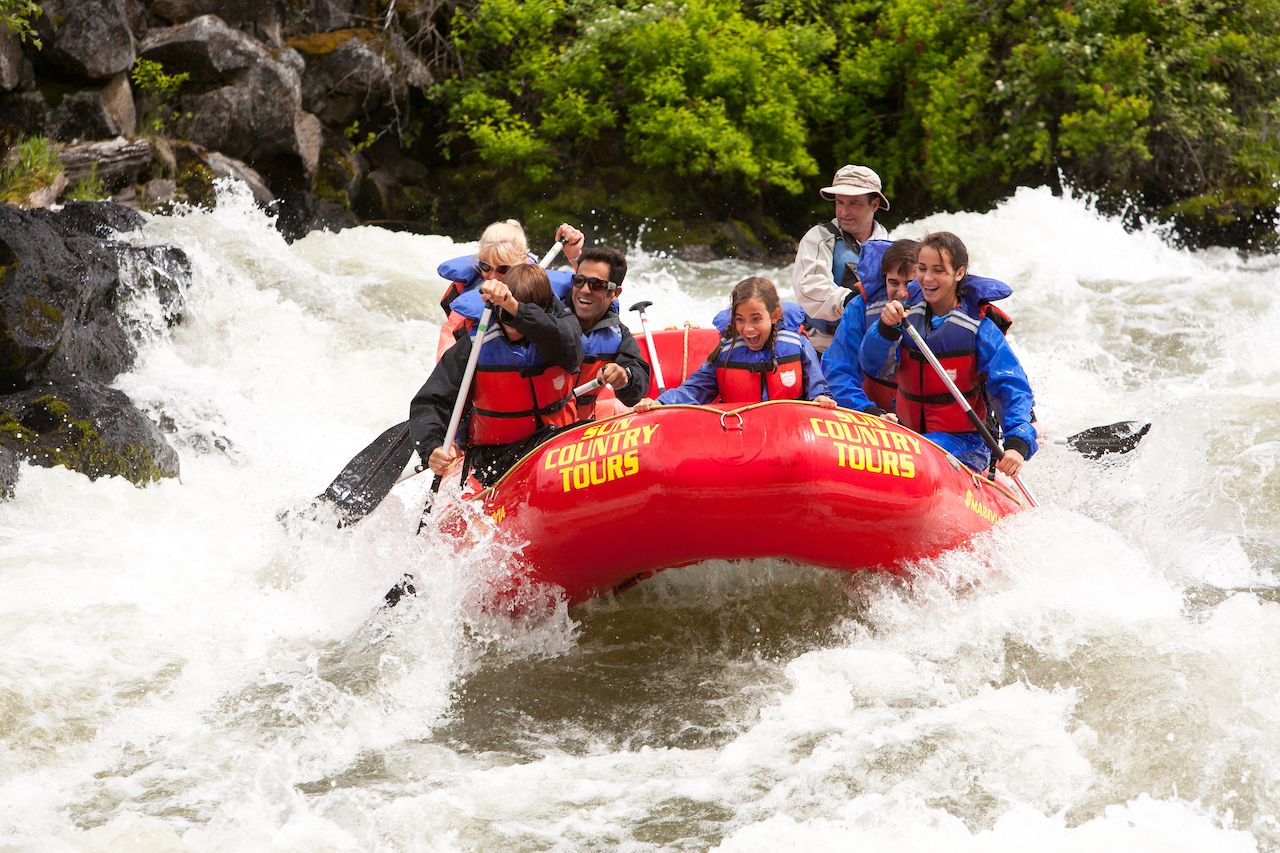
Photo: Bob Pool/Shutterstock
River season varies by location but typically begins in late spring and runs through summer. It’s important to note that conditions change throughout the season, and as such, the classification of a certain rapid can go up and down as conditions dictate. In the western United States — in this case, west of the Continental Divide and additional rivers east of the Continental Divide that are fed by snowmelt in the Rocky Mountains — high-water season typically runs from mid-May to mid-June. This can vary depending on snowmelt and location. California may have different conditions than Utah, for example. A higher-than-average number of spring storms can lead to later snowmelt, while in lighter snow years, peak flow happens earlier.
During peak flow, the rafting is more difficult and dangerous. Inexperienced rafters should avoid peak season unless going with a certified guide who is familiar with the river you intend to travel and its current conditions. Once the high-water season has passed, the general rule of thumb is that the deeper the water, the calmer the stretch of river. This is because the rocks that cause rapids are deeper down, and the surface water has more room to level out. Shallow water rapids tend to be more dangerous because the rocks will rub against your boat, cause whitecaps, and make paddling more difficult.
One additional thing to note is that low water can actually be unrunnable if rafts, tubes, or other craft rub against the bottom. The best time to raft for fun but generally safe conditions is mid-summer, while the best time to raft for extreme conditions is late spring and early summer. Tubers are the most likely to have issues with low water, as your butt hangs down below the bottom of the boat. Not fun for anyone, except those onshore pointing and laughing.
Know how to approach rapids (and what to do if you get tossed)
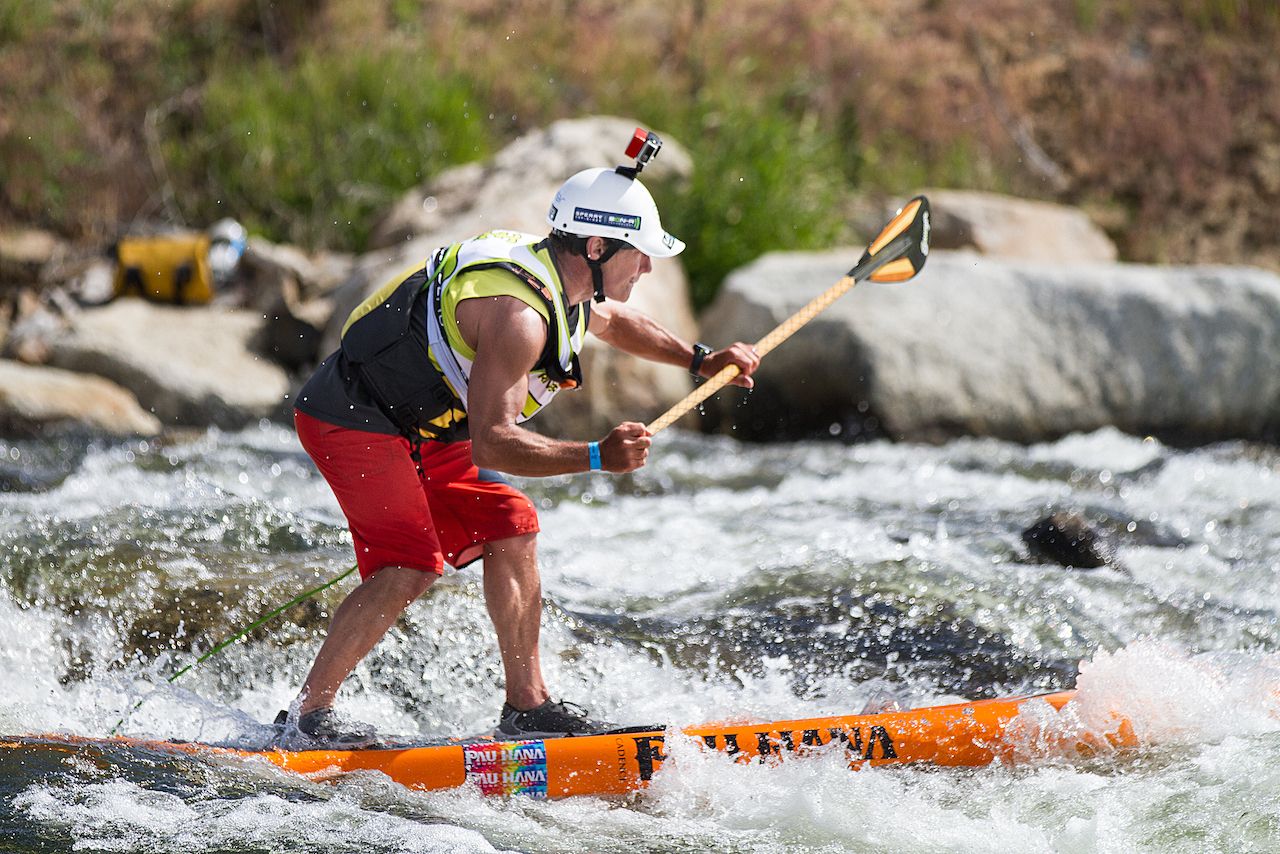
Photo: txking/Shutterstock
Rule number one on the river is this: No matter the conditions, always wear a life jacket (commonly called a personal flotation device). Any respectable rafting outfit will provide these for you, though you can pick one up at any outdoor gear shop that carries on-water supplies.
On a tube, you want to come into a rapid facing backward because this centers your weight over the water and prevents you from being flipped back by whitewater. This seems incredibly unnatural at first, but once you maneuver a few small rapids you’ll become more comfortable with it. You can employ a slight angle to your approach in order to have some visibility of the rapid with your head turned slightly over your shoulder.
You may notice your raft guide approaching rapids at an angle for just the same reason — it gives her more control and keeps the weight on the boat more centered. Paddlers tend to kneel during rapids, though this certainly isn’t always the case on smaller stretches — if you do choose to stand, keep your knees bent for optimum balance and paddle around rocks as best you can.
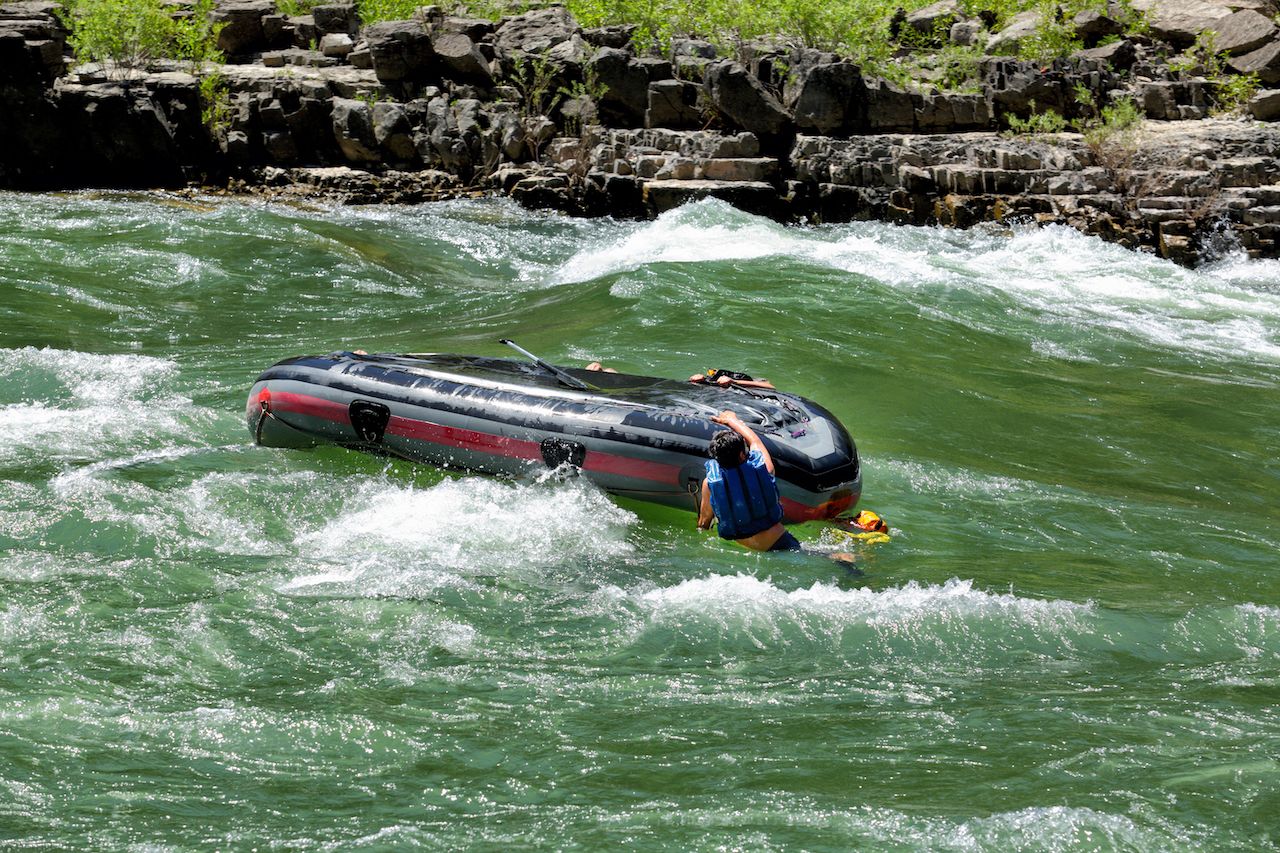
Photo: B Brown/Shutterstock
Swimming in whitewater is no easy task, but staying afloat is doable with proper technique. The primary technique is a forward swimming position in which you are on your back, feet facing downstream. Keep your knees slightly bent so that you can push off rocks and other debris in the water without injuring your legs. Use your arms to control yourself as much as possible, swimming with the water as best you can as you move towards the riverbank. The primary reason for staying on your back is that it keeps your face above water more easily than swimming on your stomach. If you must swim on your stomach, try to employ a standard arm-powered forward swim towards shore or the boat in the most efficient manner possible.
In the instance that an entire raft is flipped, the guide or captain will attempt to get on top of the raft in order to collect everyone. Do your best to stay close to the raft and to grab hold of a flip line rope on the side. If you are underneath the raft, try to grab onto a flip line rope or anything else you can to stay with the boat and keep your head above the water. Hang tight until the water calms down and it is safe to climb back aboard.